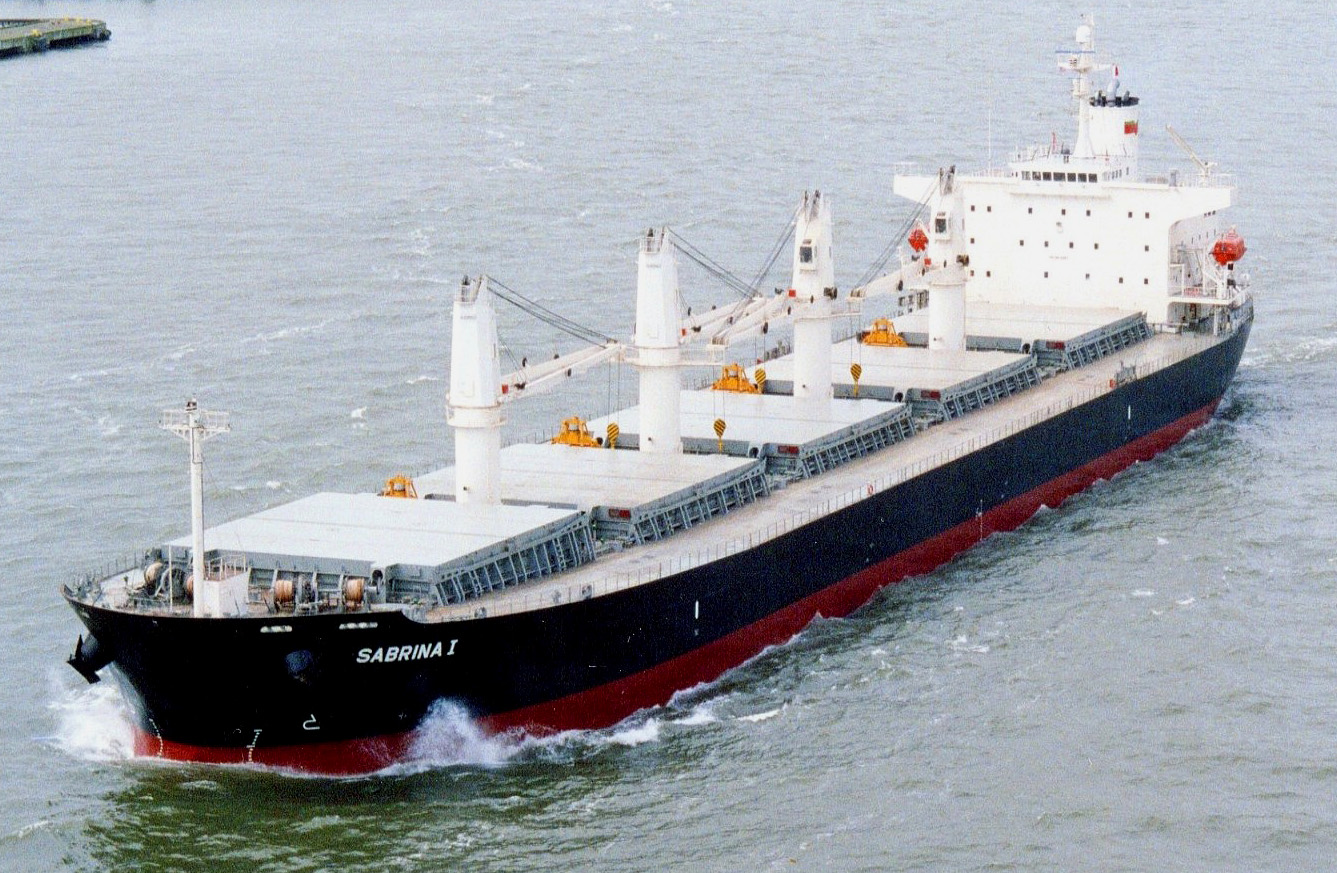|
B.Delta
The B.Delta is a family of Bulk carrier, bulk cargo ships designed by Deltamarin. Design Generally, the B.Delta design has a relatively wide beam and shallow draft; with a combination of low fuel consumption and high deadweight. The exact specification varies, but a recent order for handysize B.Delta37 carriers featured: * 179.99m length * 30m beam * 10.5m Scantling draft * 17.6mt daily consumption at 14 knot service speed * 38,500t deadweight * 50,000m³ cargo capacity Other larger and smaller variants include the B.Delta25, B.Delta43, B.Delta64, B.Delta82 and B.Delta210. Sales The ships are built in several third-party shipyards following Deltamarin's design. Over 120 B.Delta ships have been ordered, including 21 orders for B.Delta37 ships built by Yangfang Shipyard. References {{reflist Cargo ships ... [...More Info...] [...Related Items...] OR: [Wikipedia] [Google] [Baidu] |
Handysize
Handysize is a naval architecture term for smaller bulk carriers or oil tanker with deadweight of up to 50,000 tonnes, although there is no official definition in terms of exact tonnages. Handysize is also sometimes used to refer to the span of up to 60,000 tons, with the vessels above 35,000 tonnes referred to as Handymax or Supramax. Their small size allows Handysize vessels to enter smaller ports to pick up cargoes, and because in most cases they are 'geared' - i.e. fitted with cranes - they can often load and discharge cargoes at ports which lack cranes or other cargo handling systems. Compared to larger bulk carriers, handysizes carry a wider variety of cargo types. These include steel products, grain, metal ores, phosphate, cement, logs, woodchips and other types of so-called ' break bulk cargo'. They are numerically the most common size of bulk carrier, with nearly 2000 units in service totalling about 43 million tons. Handysize bulkers are built mainly by shipyards ... [...More Info...] [...Related Items...] OR: [Wikipedia] [Google] [Baidu] |
Bulk Carrier
A bulk carrier or bulker is a merchant ship specially designed to transport unpackaged bulk cargo — such as grains, coal, ore, steel coils, and cement — in its cargo holds. Since the first specialized bulk carrier was built in 1852, economic forces have led to continued development of these ships, resulting in increased size and sophistication. Today's bulk carriers are specially designed to maximize capacity, safety, efficiency, and durability. Today, bulk carriers make up 21 percent of the world's merchant fleets, and they range in size from single-hold mini-bulk carriers to mammoth ore ships able to carry 400,000 metric tons of deadweight (DWT). A number of specialized designs exist: some can unload their own cargo, some depend on port facilities for unloading, and some even package the cargo as it is loaded. Over half of all bulk carriers have Greek, Japanese, or Chinese owners, and more than a quarter are registered in Panama. South Korea is the largest sin ... [...More Info...] [...Related Items...] OR: [Wikipedia] [Google] [Baidu] |
Scantling Draft
The draft or draught of a ship's hull is the vertical distance between the waterline and the bottom of the hull (keel). The draught of the vessel is the maximum depth of any part of the vessel, including appendages such as rudders, propellers and drop keels if deployed. Draft determines the minimum depth of water a ship or boat can safely navigate. The related term air draft is the maximum height of any part of the vessel above the water. The more heavily a vessel is loaded, the deeper it sinks into the water, and the greater its draft. After construction, the shipyard creates a table showing how much water the vessel displaces based on its draft and the density of the water (salt or fresh). The draft can also be used to determine the weight of cargo on board by calculating the total displacement of water, accounting for the content of the ship's bunkers, and using Archimedes' principle. The closely related term "trim" is defined as the difference between the forward and aft d ... [...More Info...] [...Related Items...] OR: [Wikipedia] [Google] [Baidu] |
Yangfang Shipyard
Yangfang Town () is a town situated on southwestern Changping District, Beijing, China. Bounded by part of Taihang Mountain Range to the west, Yangfang shares border with Machikou Town in the north, Shangzhuang Town in the east, Sujiatuo Town in the south, and Liucun Town in the west. The population of Yangfang Town was 26,470 as of 2020. The town originally took the name of Yangfang () for its past location as a stopping point for trading caravans and sheep herders. Later the name was corrupted to Yangfang () under the Republic of China. History Administrative divisions At the time of writing, Yangfang Town consists of 11 subdivisions, with 1 community, and 10 villages: See also * List of township-level divisions of Beijing This is a list of township-level divisions of the municipality of Beijing, People's Republic of China (PRC). After province, prefecture, and county-level divisions, township-level divisions constitute the formal fourth-level administrati ... [...More Info...] [...Related Items...] OR: [Wikipedia] [Google] [Baidu] |


